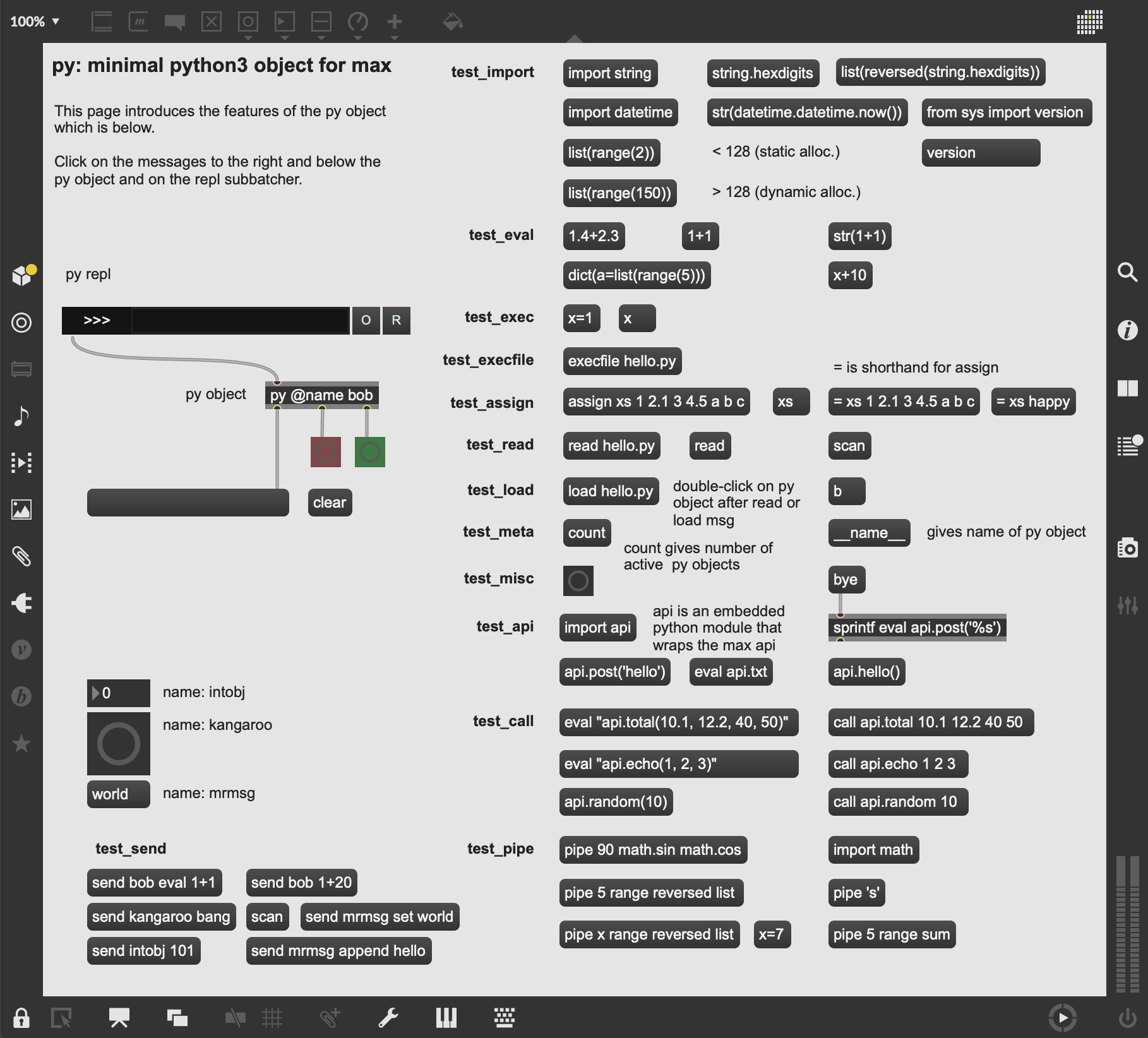

It has the same caveat that GUI externals made for Pd-Vanilla are not compatible to the HTML5 GUI front-end, and some GUI externals from Pd-extended haven't been ported yet. This flavour also includes pre-installed externals from Pd-Extended and others more. Purr Data Started as an updated version of Pd-L2Ork 1.x ported to an HTML5 GUI front-end GUI.

Note that there are also some incompatibilities/differences between the core of Pd-Vanilla and Pd-L2Ork. GUI externals made for Pd-Vanilla that use tcl/tk are not compatible to the HTML5 GUI front-end, and some GUI externals from Pd-extended haven't been ported yet. In the fall of 2021, Pd-L2Ork provided new releases unrelated to Purr Data, but including the same HTML5 GUI port provided in Purr Data. A cross platform version was released in 2017 named Purr Data (now an independent project, see below), which also included a port to a new HTML5 front-end GUI (instead of tcl/tk).

Pd-L2Ork Pd-L2Ork 1.x started in 2009 as a fork of Pd-extended (but for Linux only), including the same pre-installed externals as Pd-extended and more.
#Max msp linux install
It carries some pre-installed externals (but none from Pd-extended) most notably it has the ceammc library (that you can also install on Pd Vanilla ans use in Vanilla most of what this flavour offers). Pd-ceammc Fully compatible with Pd Vanilla, this flavour is enhanced with some UI tweaks, including some from (the now unmaintained and deprecated) Pd-Extended (like visually differentiating control and signal in/outlets). Notable flavours of Pd include: Pd-vanilla Miller S. Pure Data is an Open Source project and embraces derivatives. One of the most prominent new features in last decade has been the inclusion of the Deken library manager for easy access to community-developed external libraries that expand the capabilities of Pd such as Cyclone, zexy, and the computer graphics library Gem. What's New? Pd keeps evolving! See the Release notes for details. This is the official "Pd" or "main distribution" and it is also known as "Pd Vanilla", but there are other forks or "flavours". Pure Data is developed by Miller Puckette since 1996 and you can find it on his official website along with the official documentation and other related resources. Pure Data (or just "Pd") is an open source visual programming language for multimedia. The site is run on a Linux server with Zope / plone and administrated and driven by the Pure Data community.Ībout Pure Data (aka "Pd" / "Pd Vanilla") Every Pure Data user who wants to contribute is welcome to join this portal and write/contribute some documentation, reports, news, comments and announcing events. In left inlet: Resumes the internal ramp and subsequent pending target-time pairs if the line~ object was paused as a result of the pause message.This site is a contribution of the IEM to the Pure Data community. line~ will continue outputting whatever value was its current value when the stop message was received, resetting its target value to that value. In left inlet: Stops the internal ramp and clears pending target-time pairs. line~ will continue outputting whatever value was its current value when the pause message was received, until either it receives a resume message or until a new ramp is input. In left inlet: Pauses the internal ramp but does not change the target value nor clear pending target-time pairs. A subsequent list, float, or int in the left inlet clears all ramps yet to be generated. (An example would be 0 1000 1 1000, which would go from the current value to 0 in a second, then to 1 in a second.) Once one of the ramps has reached its target value, the next one starts. Line~ accepts up to 128 target-time pairs in a list, to generate compound ramps. In the specified amount of time, line~ generates a ramp signal from its current value to the target value. In left inlet: The first number specifies a target value and the second number specifies a total amount of time (in milliseconds) in which line~ should reach the target value. Target-value and delta-time (milliseconds) In right inlet: The number is the time, in milliseconds, in which the output signal will arrive at the target value. If no time has been specified since the last target value, the time is considered to be 0 and the output signal jumps immediately to the target value. In left inlet: The number is the target value, to be arrived at in the time specified by the number in the right inlet.


 0 kommentar(er)
0 kommentar(er)
